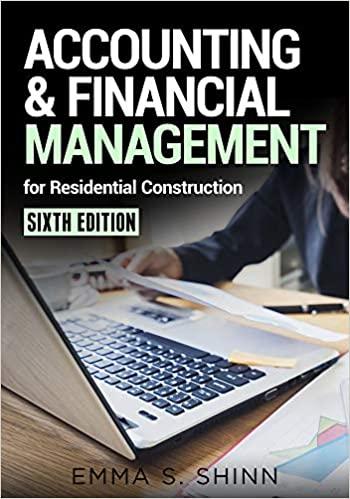Question
3. A monopolist has the following demand function and total cost function: P = 180 2Q and TC = 15 + 12Q. i. What is
3. A monopolist has the following demand function and total cost function: P = 180 2Q and TC = 15 + 12Q.
i. What is the monopolists marginal revenue function? (1 point)
ii. Calculate the output the monopolist should produce in order to maximize its profit. (3 points)
iii. What price does the monopolist charge in order to maximize its profit? (1 point)
4. If the monopolist above (Question 3) decides to use price discrimination in two countries,
i. Will the price in both countries be the same, and why?
ii. Will the monopolist be expected to make higher profit than in the nonprice discrimination situation, and why?
iii. What is the difference between perfect price discrimination and secondary price discrimination?
5. Now consider the situation where the monopolist in Question 1 above splits into two identical firms, A and B, to form a duopoly. Let QA = firm As output, and QB = firm Bs output, where Q = QA + QB
i. If firm Bs reaction function is QB = 35 0.4QA, what is firm As reaction function?
ii. How many units of output should firm A produce?
iii. How many units of output should firm B produce? iv. What price should the two firms charge? v. Do the prices and quantities obtained in Q3 and Q5 make sense, and why?
Step by Step Solution
There are 3 Steps involved in it
Step: 1

Get Instant Access to Expert-Tailored Solutions
See step-by-step solutions with expert insights and AI powered tools for academic success
Step: 2

Step: 3

Ace Your Homework with AI
Get the answers you need in no time with our AI-driven, step-by-step assistance
Get Started


